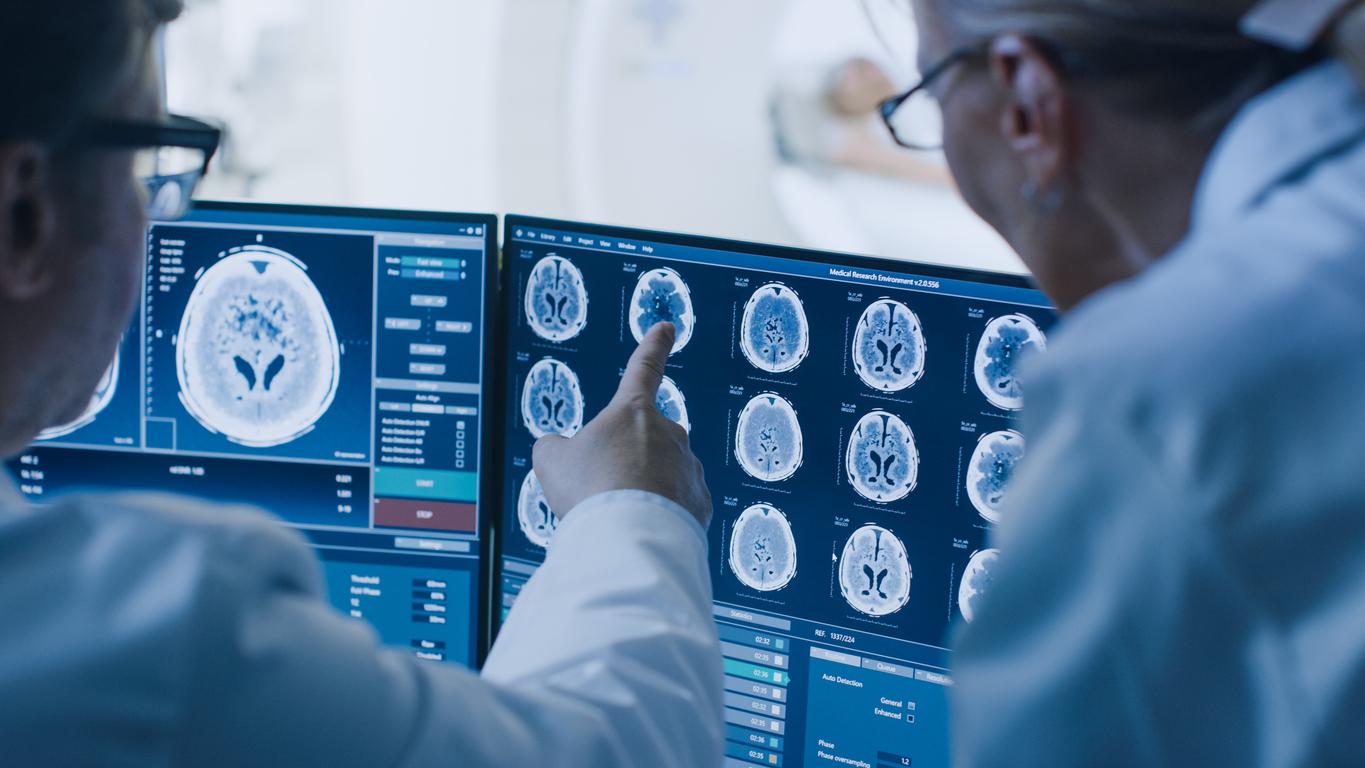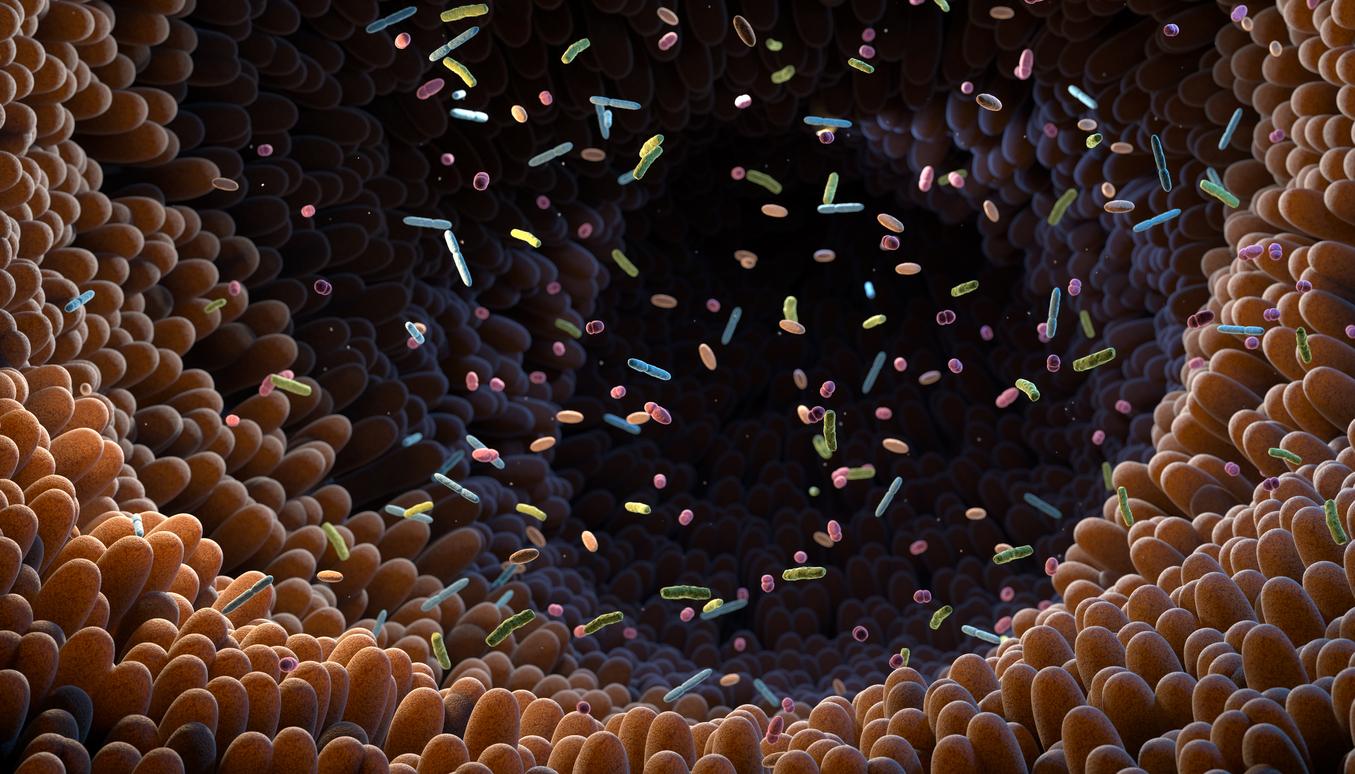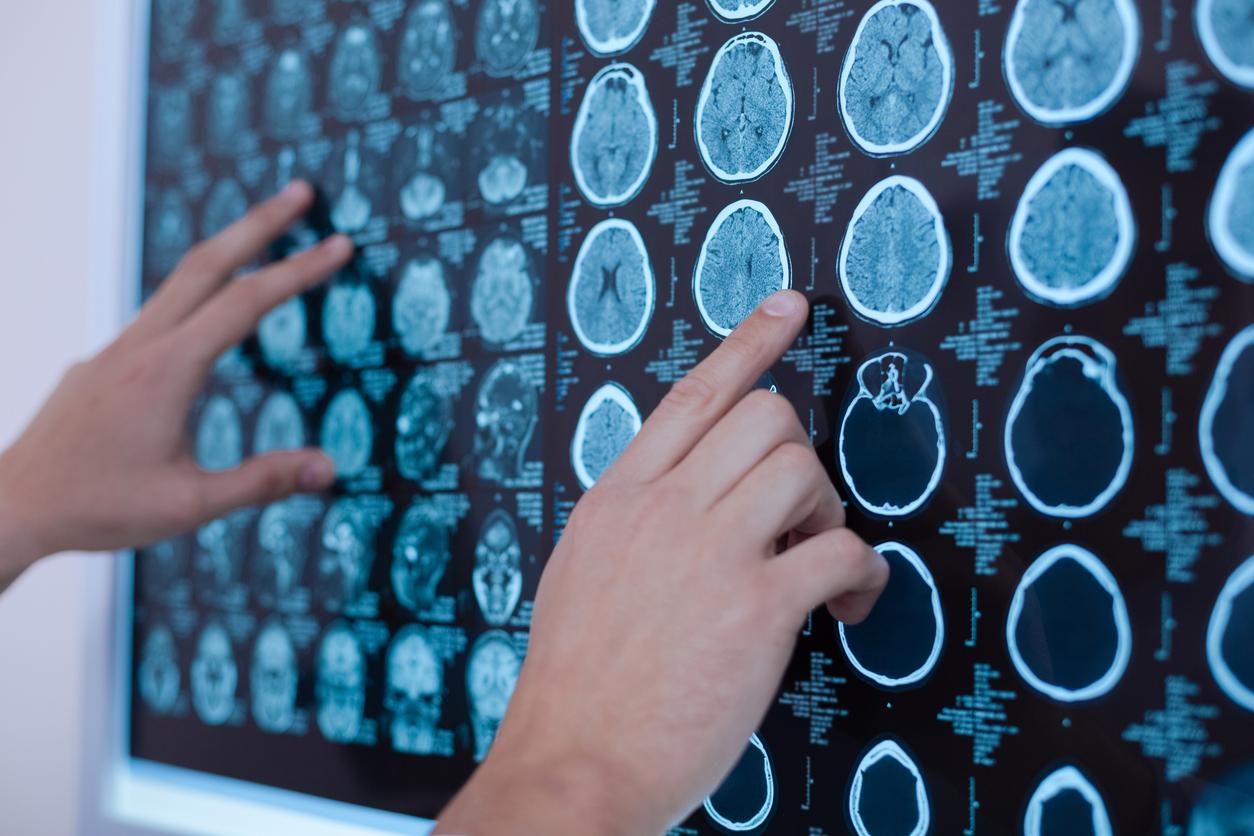Relayed by the scientific journal Neurology, a new case of parasitic twin or “fetus in fetus” has been identified in a 1-year-old girl in China. The fetus was notably present within his brain.

- Nearly one in 500,000 newborns is affected by the “parasitic twin” phenomenon.
- The “fetus in fetus” can only develop in twin pregnancies where the pregnant woman is expecting monozygotic twins.
- A new case of parasitic twin has been detected in China.
Also called “abnormal twin pregnancy” or “parasitic twin”, the “fetus in fetus” is a very rare birth defect. About one in 500,000 newborns is affected by this anomaly, according to a study published in the Hong Kong Medical Journalin February 2015.
What is the “fetus in fetus”?
The “fetus in fetus” translates to the presence of a fetus growing inside its twin. This anomaly occurs only in cases of twin pregnancies when the future mother is expecting “identical twins”, otherwise said monozygotic twins. This phenomenon can be observed during pregnancy or after birth, but in rare cases it is possible to identify this malformation when the child grows up or in adulthood.
Described in the scientific journal Neurology, a new case of “fetus in fetus” has been spotted in China. The parents of a one-year-old girl took her to hospital for tests, as she suffered from an enlarged head and motor problems. The doctors then discovered the fetus of a twin / twin within the brain of the little girl.
Parasitic twin: the fetus was pressed against the brain of his sister
According to medical professionals, the fetus had developed upper limbs, bones, as well as fingernails and was about 15 centimeters long. CT scans performed by doctors revealed that the fetus was pressed against her sister’s brain causing hydrocephalus, a buildup of fluid in the brain that may be responsible for an enlarged head, drowsiness extreme and epileptic seizures.
Doctors also said the baby girl was able to survive thanks to the blood supply she shared with the fetus. The latter was surgically removed from the skull of his twin during his hospitalization.
Scans of the little girl before the operation as well as the “fetus in fetus” were shared in the scientific article.
She presented w increased head circumference and motor delay. Note all the structures of her twin in her ventricles. pic.twitter.com/XcmuO4zTAa
— Oren Gottfried, MD (@OGdukeneurosurg) March 6, 2023

















